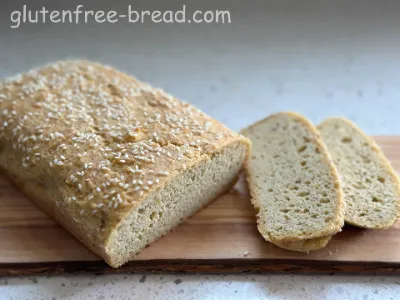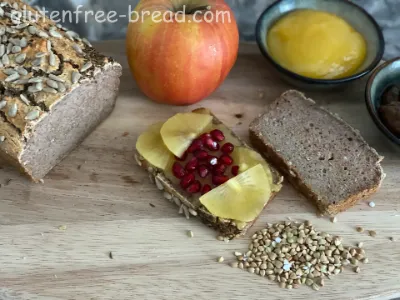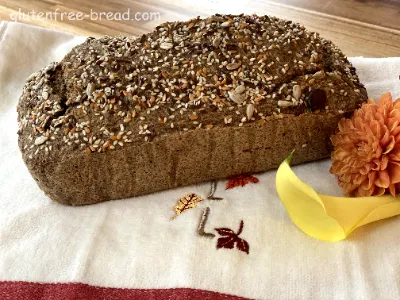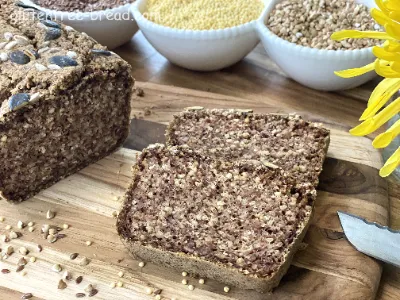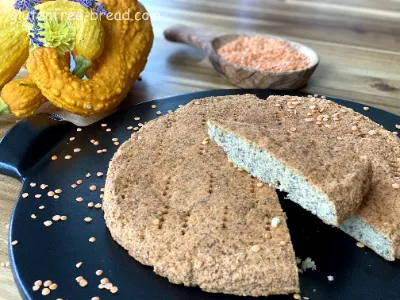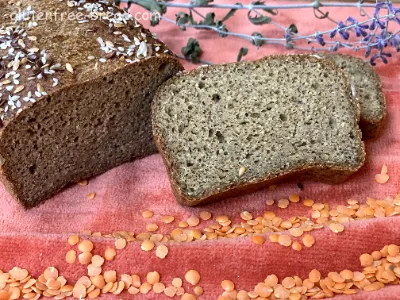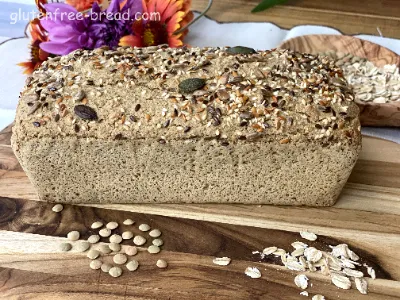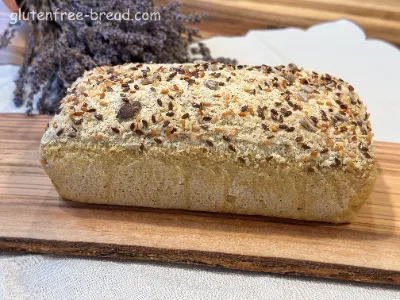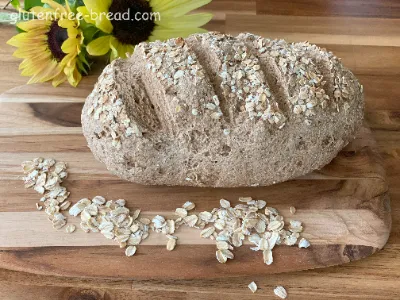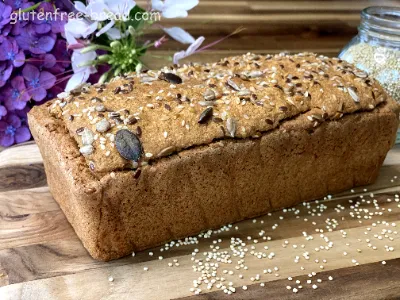Additional info
The benefits of gluten-free bread are primarily associated with catering to dietary restrictions and providing options for individuals with celiac disease, gluten intolerance, or those choosing to follow a gluten-free diet for other health reasons. Here are some specific benefits:
Safe for Gluten-Free Diets: Gluten-free bread offers a safe alternative to traditional bread for individuals who need to avoid gluten. It allows individuals with celiac disease or gluten intolerance to enjoy bread without experiencing adverse reactions or digestive discomfort.
Variety of Flours: Gluten-free bread can be made using a variety of gluten-free flours, such as rice flour, almond flour, coconut flour, chickpea flour, or sorghum flour. This allows for flexibility in flavor and texture, catering to different taste preferences and dietary needs.
Nutritional Diversity: Depending on the type of gluten-free flour used, gluten-free bread can offer a diverse range of nutrients. For example, almond flour provides protein, healthy fats, and fiber, while sorghum flour offers vitamins, minerals, and antioxidants. By incorporating different gluten-free flours, individuals can benefit from a more varied nutrient profile compared to traditional wheat-based bread.
Allergy-Friendly Options: Gluten-free bread is suitable for individuals with wheat allergies or sensitivities. By eliminating wheat flour from the recipe, gluten-free bread offers a safe and enjoyable option for those with wheat-related allergies.
Improved Digestive Health: For some individuals, consuming gluten-containing foods can lead to digestive discomfort, bloating, or other gastrointestinal symptoms. By opting for gluten-free bread, individuals can reduce their risk of experiencing these symptoms and improve overall digestive health.
Weight Management: Some individuals find that following a gluten-free diet, including consuming gluten-free bread, can help support their weight management goals. By eliminating or reducing gluten-containing foods, individuals may make healthier food choices, leading to improved weight control and overall well-being.
Increased Accessibility: The availability of gluten-free bread at grocery stores, bakeries, and restaurants has increased in recent years, making it easier for individuals following a gluten-free diet to find suitable options for their dietary needs.
Versatility in Recipes: Gluten-free bread can be used in a variety of recipes, including sandwiches, toast, French toast, breadcrumbs, and croutons. This versatility allows individuals to enjoy gluten-free bread in a wide range of dishes and meals.
Overall, gluten-free bread offers a delicious and satisfying option for individuals following a gluten-free diet, providing a safe and enjoyable alternative to traditional wheat-based bread while accommodating various dietary preferences and restrictions.









